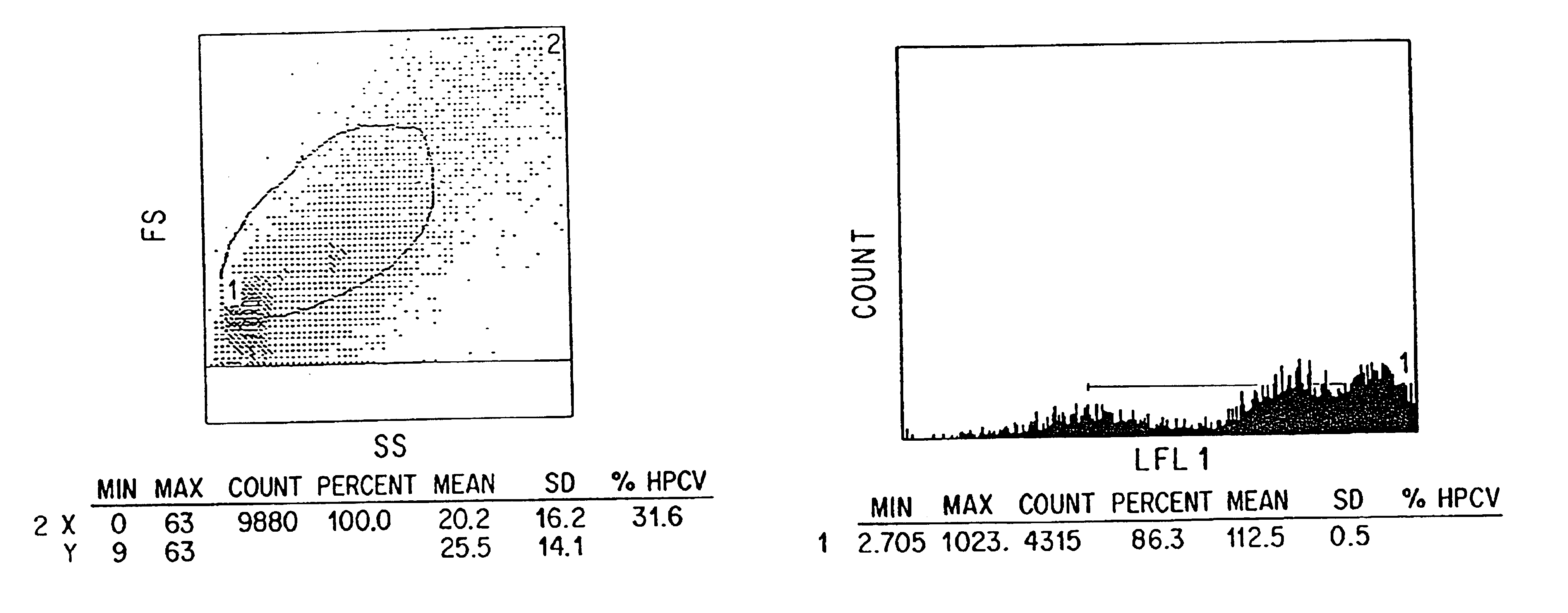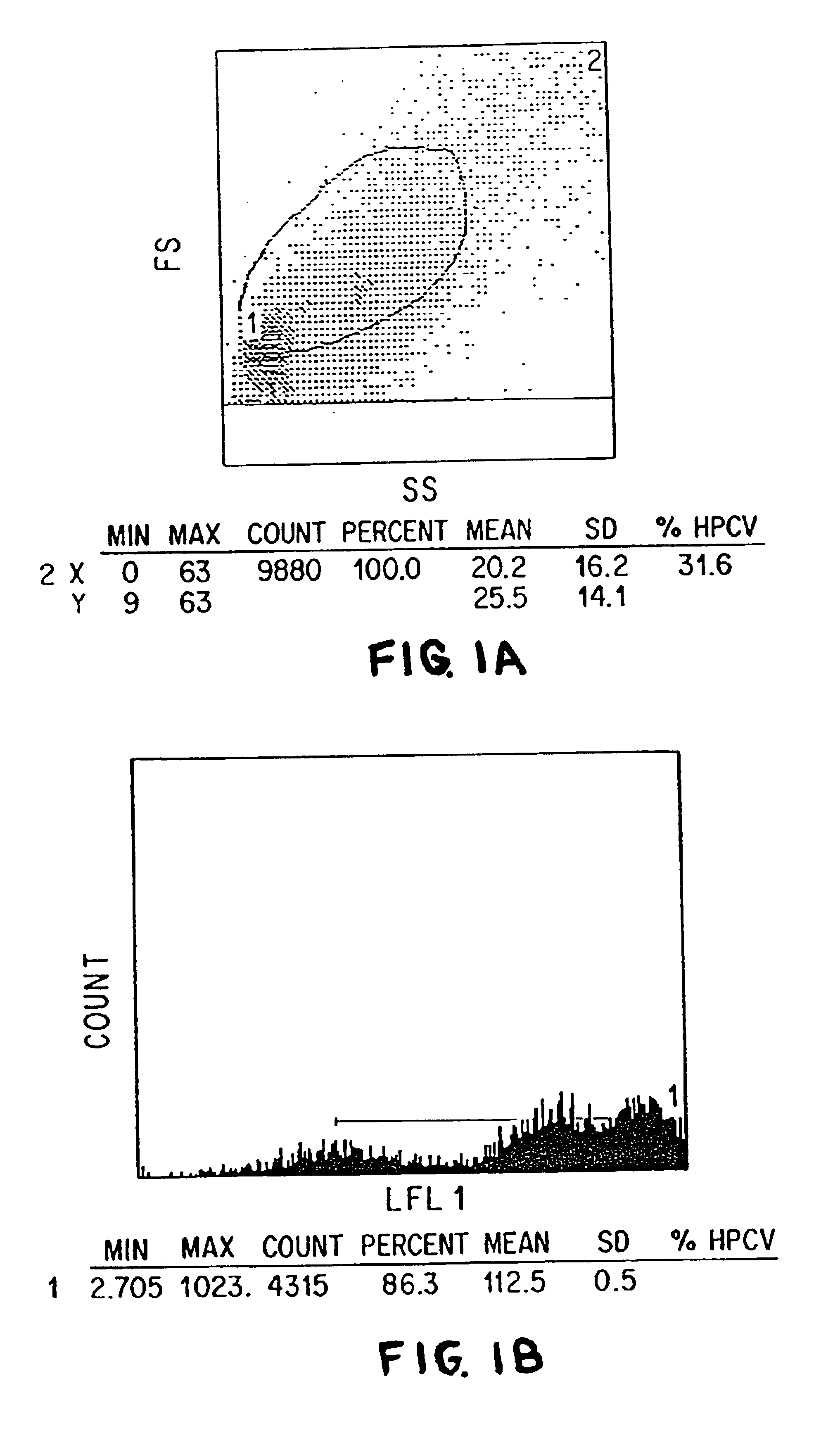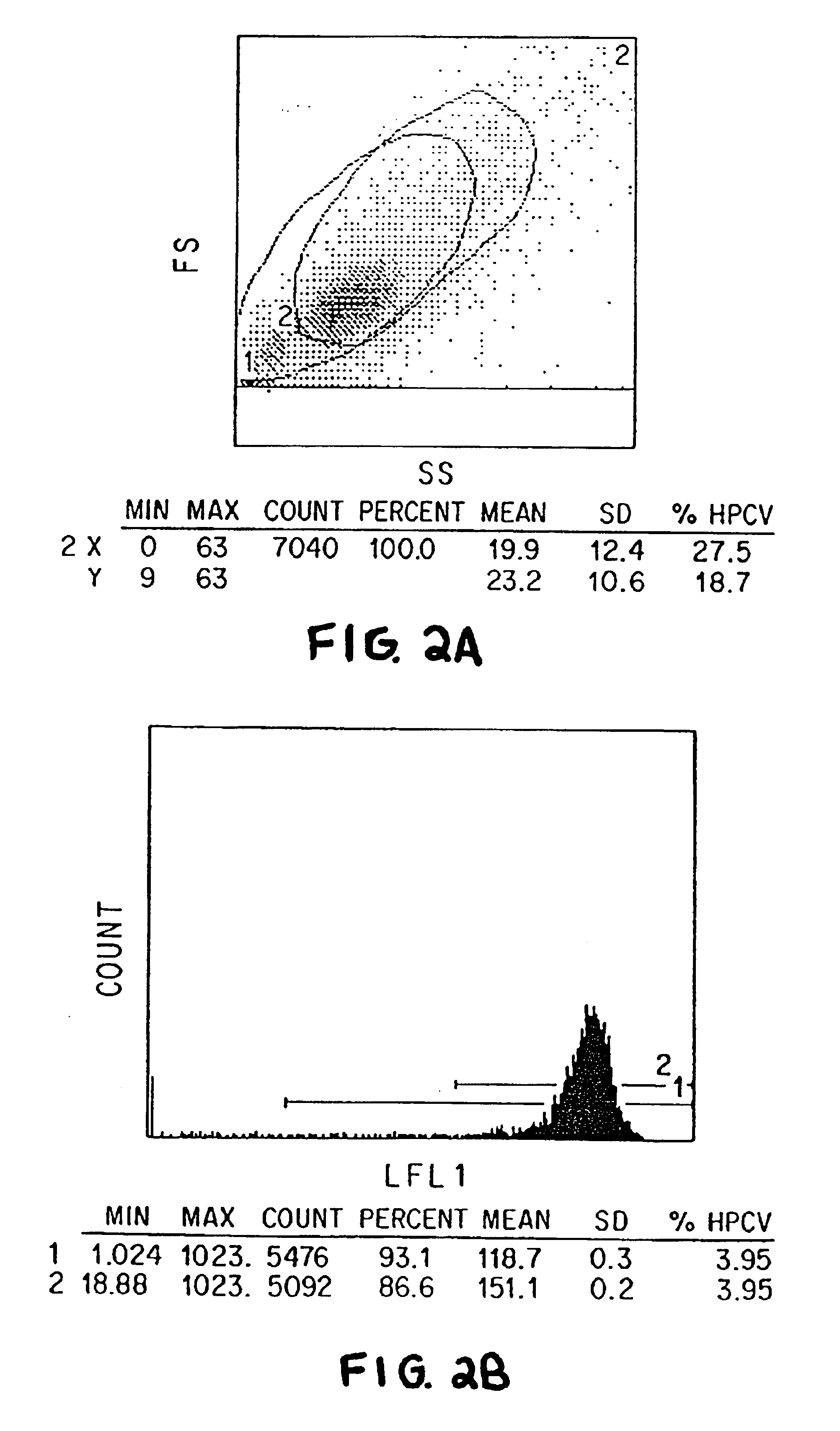Methods for using dendritic cells to activate gamma/delta-T cell receptor-positive T cells
a technology of gamma/delta-positive t cells and dendritic cells, which is applied in the field of using dendritic cells to activate gamma/delta-positive t cells, can solve the problems of limiting disease development, and the requirement presents a practical limitation to the use of mhc-restricted t cells, so as to reduce the number and limit the progression of virus spread
- Summary
- Abstract
- Description
- Claims
- Application Information
AI Technical Summary
Benefits of technology
Problems solved by technology
Method used
Image
Examples
Embodiment Construction
The present invention relates to methods of isolating and using dendritic cells for activating antigen-specific .gamma..delta.-TCR.sup.+ T cell responses. Although the specific procedures and methods described herein are exemplified using DC and T cells isolated from human blood, they are merely illustrative for the practice of the invention. Analogous procedures and techniques are equally applicable. Therefore, DC may be isolated using variants of the procedure described herein, pulsed with any antigens or fragments thereof, and incubated with primed or unprimed .gamma..delta.-TCR.sup.+ T cells isolated from any tissue where they are found.
5.1. Isolation of Human Blood Dendritic Cells
The present invention relates to an antigen presentation system using DC for the activation of .gamma..delta.-TCR.sup.+ T cells in vitro and in vivo. Due to their presence in low numbers in most tissues, DC must first be isolated and enriched. Although DC are found in both lymphoid and non-lymphoid tis...
PUM
| Property | Measurement | Unit |
|---|---|---|
| density | aaaaa | aaaaa |
| temperature | aaaaa | aaaaa |
| volume | aaaaa | aaaaa |
Abstract
Description
Claims
Application Information
 Login to View More
Login to View More - R&D
- Intellectual Property
- Life Sciences
- Materials
- Tech Scout
- Unparalleled Data Quality
- Higher Quality Content
- 60% Fewer Hallucinations
Browse by: Latest US Patents, China's latest patents, Technical Efficacy Thesaurus, Application Domain, Technology Topic, Popular Technical Reports.
© 2025 PatSnap. All rights reserved.Legal|Privacy policy|Modern Slavery Act Transparency Statement|Sitemap|About US| Contact US: help@patsnap.com



